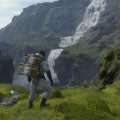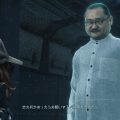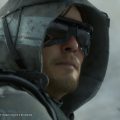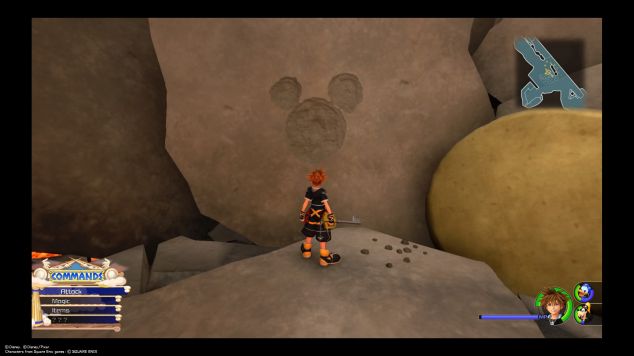Cognition Dissemination: Hideo Kojima Did It Again

Hideo Kojima has a reputation for directing quality games that can sometimes travel into bizarre territory. A lesser known acknowledgement is how his titles have developed an eerie reputation for being a bit too good about predicting the future.
Metal Gear Solid 2: Sons of Liberty was the first game this notably happened with. It foretold a world where people in the future would be trapped within echo chambers and only listen to themselves, rejecting lines of thought they perceived as illogical. It also taught those who played it to at least doubt some occurrences they see with their own eyes. It sounded like conspiratorial nonsense from a director too up his own ass at the time it released in 2001; but over the years, it turned out to be largely true, the effects of which frighteningly the 2016 presidential election (and could do so again this year). There are questions about the way in which this commentary was implemented, largely through infamously long CODEC scenes, but its points were sound.
Metal Gear Solid 4: Guns of the Patriots largely predicted the prominence of private military companies (PMCs) in the Middle East, though their existence and disturbing actions were admittedly noticeable before it released. They’ve nonetheless expanded their influence since, and they’re not just coming from the good ol’ US of A. They weren’t all American in MGS4 either.
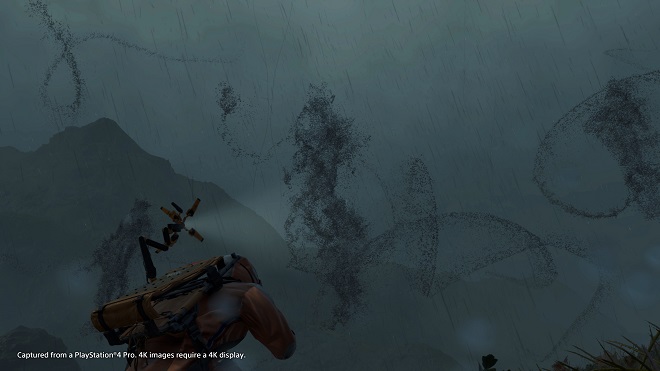
The point here is that Kojima’s knack for good predictions was well known before Death Stranding released last fall (it releases for PC in June), so the question was how long it would take before something the game predicted would come to pass. The game addressed the need for Americans to come together, which resonated considering USA’s unity has slowly further unraveled over the years. I say “further” because, let’s be honest, America has never been unified. But we’re dangerously divided right now, and it’s worse when one person doing the dividing has the most influence in the country. Death Stranding isn’t an explicit response to the US’ current divisions, but it’s tough not to think of them upon seeing some scenes.
Instead, there’s another subtler way in which Death Stranding was uncomfortably prescient. One key criticism about the game involved how its version of America barely resembled the country as it exists, regarding its landmarks, aesthetics, and overall feel. The story explains how the Death Stranding warped the land to an unrecognizable state. But even so, it would be nice if it inherited the liveliness America has, despite its environments being largely rural.
The key way in which it doesn’t resemble the familiar US is the lack of people walking around. The facilities and towns (and, in several cases, their remnants) visited are bereft of human presence. The only ones encountered are key characters important to the story and enemy MULE terrorists that like to steal protagonist Sam Bridges’ supplies, with very few exceptions. The remaining humans are gathered in colonies around the world’s United Cities of America rarely if ever leave, and all of them have different ideas for how the country can be reunited. The purpose of the game is to show them how they all share a common bond, and to reconnect them digitally through the Chiral Network.
In addition to disunity, the biggest threat in the world involves the BTs, the “Beached Things” (they call them BTs for good reason) that have wandered its America following the Death Stranding. They’re formidable beasts that largely invisible to the human eye, including Sam’s. The only thing that can help humans see them are the BBs, “Bridge Babies” like the one Sam carries. For this reason, most humans in the world spend their time inside, too afraid to go out; porters like Sam (hence his very subtle full name) are responsible for delivering essentials and reconnecting everyone. This isn’t a precise facsimile of what’s happening in our world while the Coronavirus is spreading, but it’s awfully close for comfort.
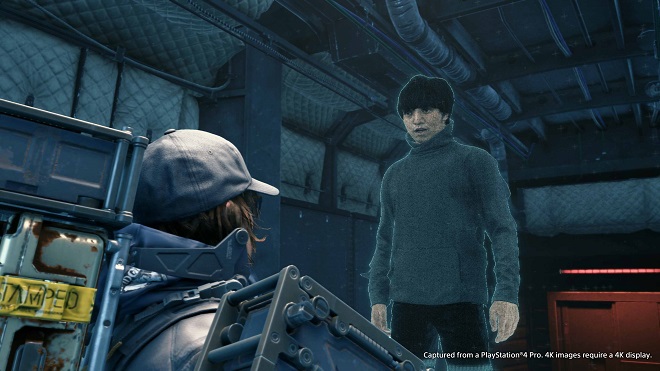
Notably, Sam isn’t required to wear a mask everywhere he goes, though it would be helpful for when he wanders into BT territory instead of holding his breath to prevent them from hearing his breathing. But there was no way Kojima would cast someone like Norman Reedus for this role and have him cover his face most of the time. Showing a popular actor’s full noggin is imperative.
None of this is to ludicrously claim that Death Stranding is the first game to cover a pandemic. But while titles like Ubisoft’s The Division games cover the isolation and desolation that can occur during a pandemic, no game has covered the underlying themes in recent memory like Death Stranding. Not that anyone should have expected the former games to, given the different story presentation styles that occur with comparing single-player and “looter shooter” multiplayer games.
Hideo Kojima previously stated that he wants Kojima Productions to take on a horror game next, which would give him a chance to use several ideas he and his team couldn’t use for the cancelled Silent Hills. (That horror game likely wouldn’t be a Sony-funded revival of the game, a thought process that arose through farfetched rumors.) If he does and is again good at predicting the future with it, then we’re going to be in even deeper shit.

